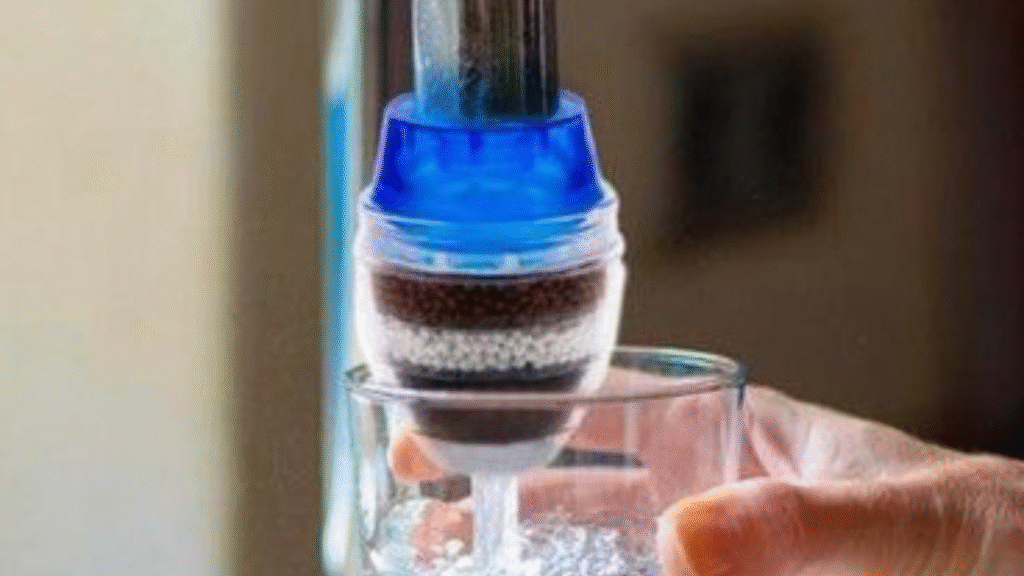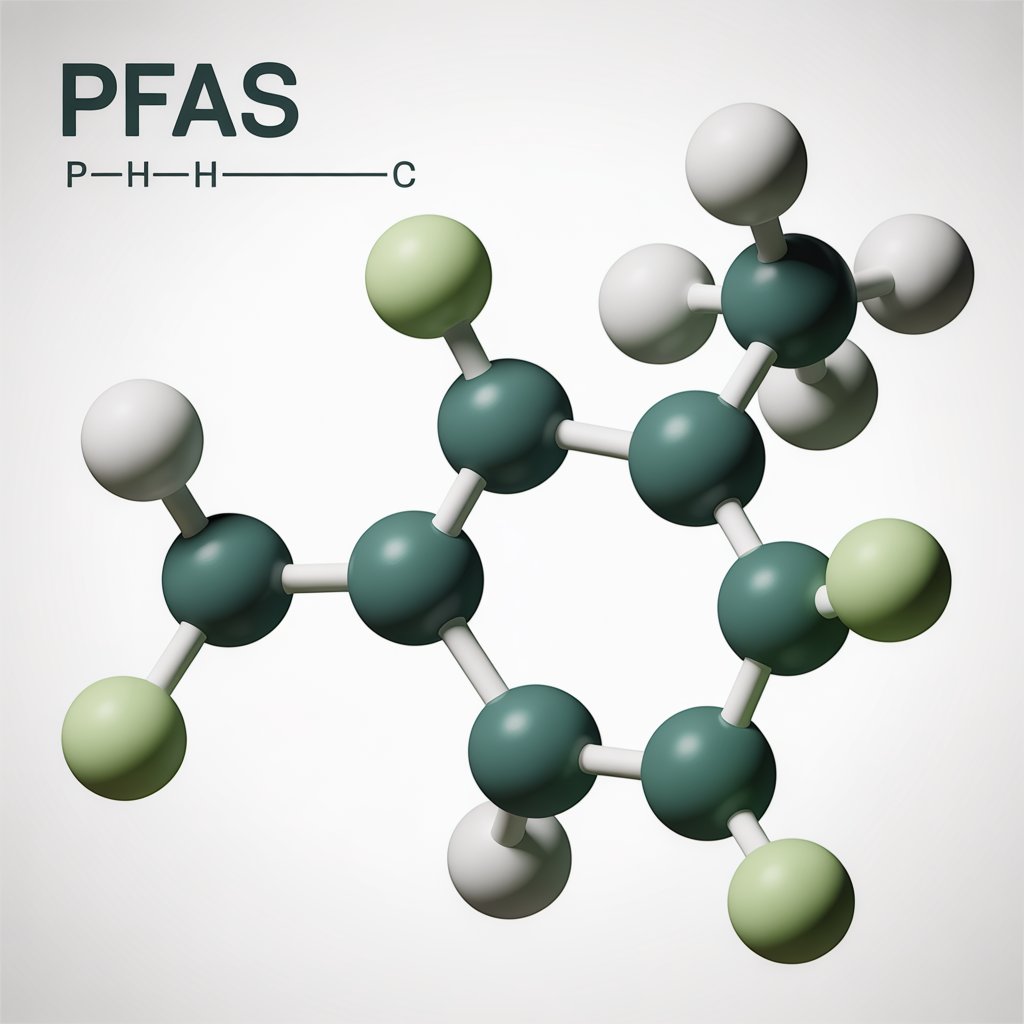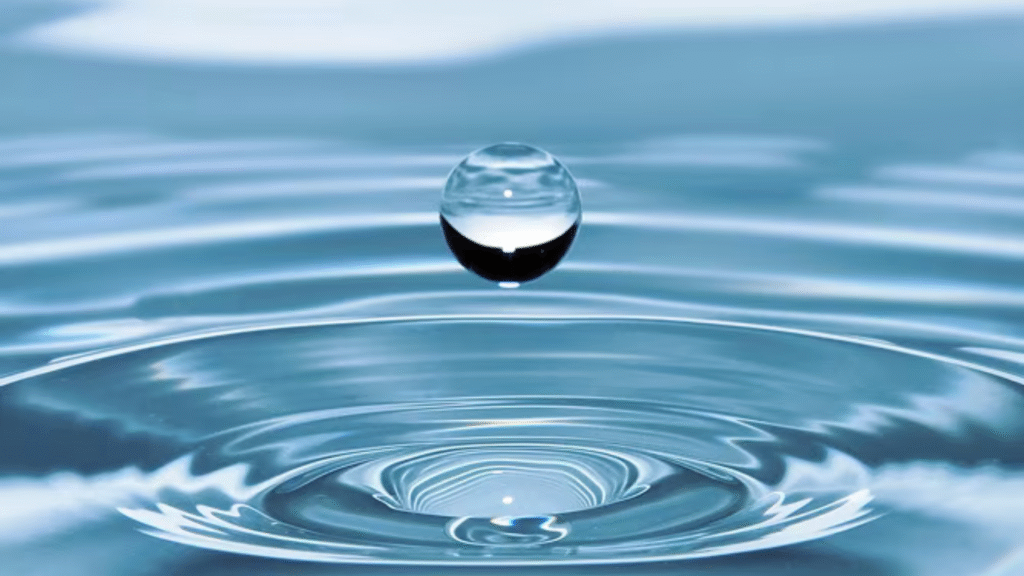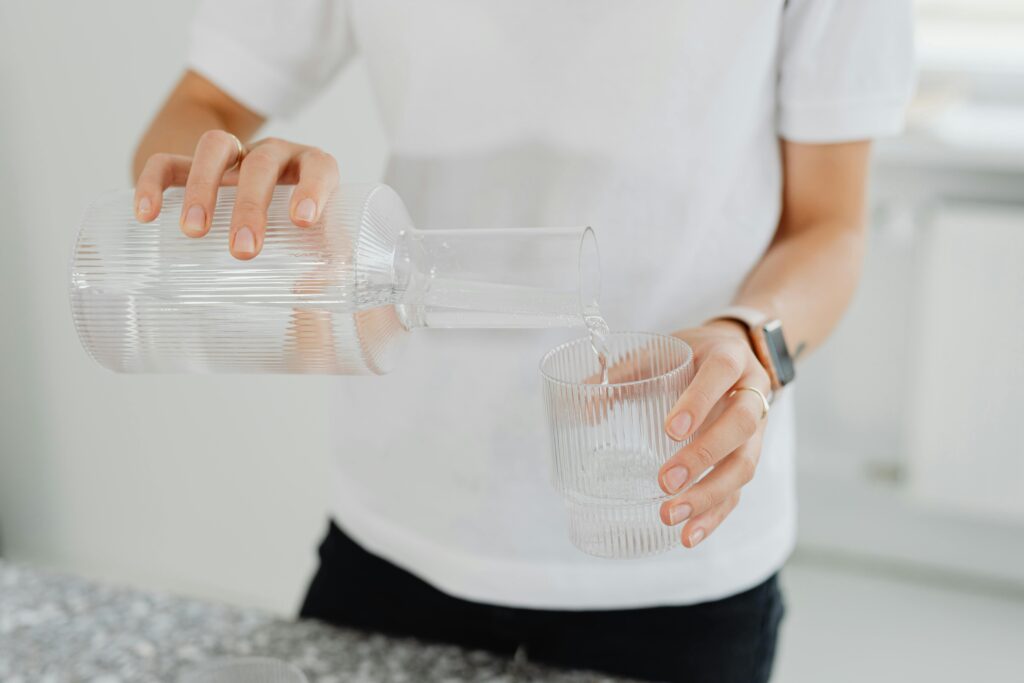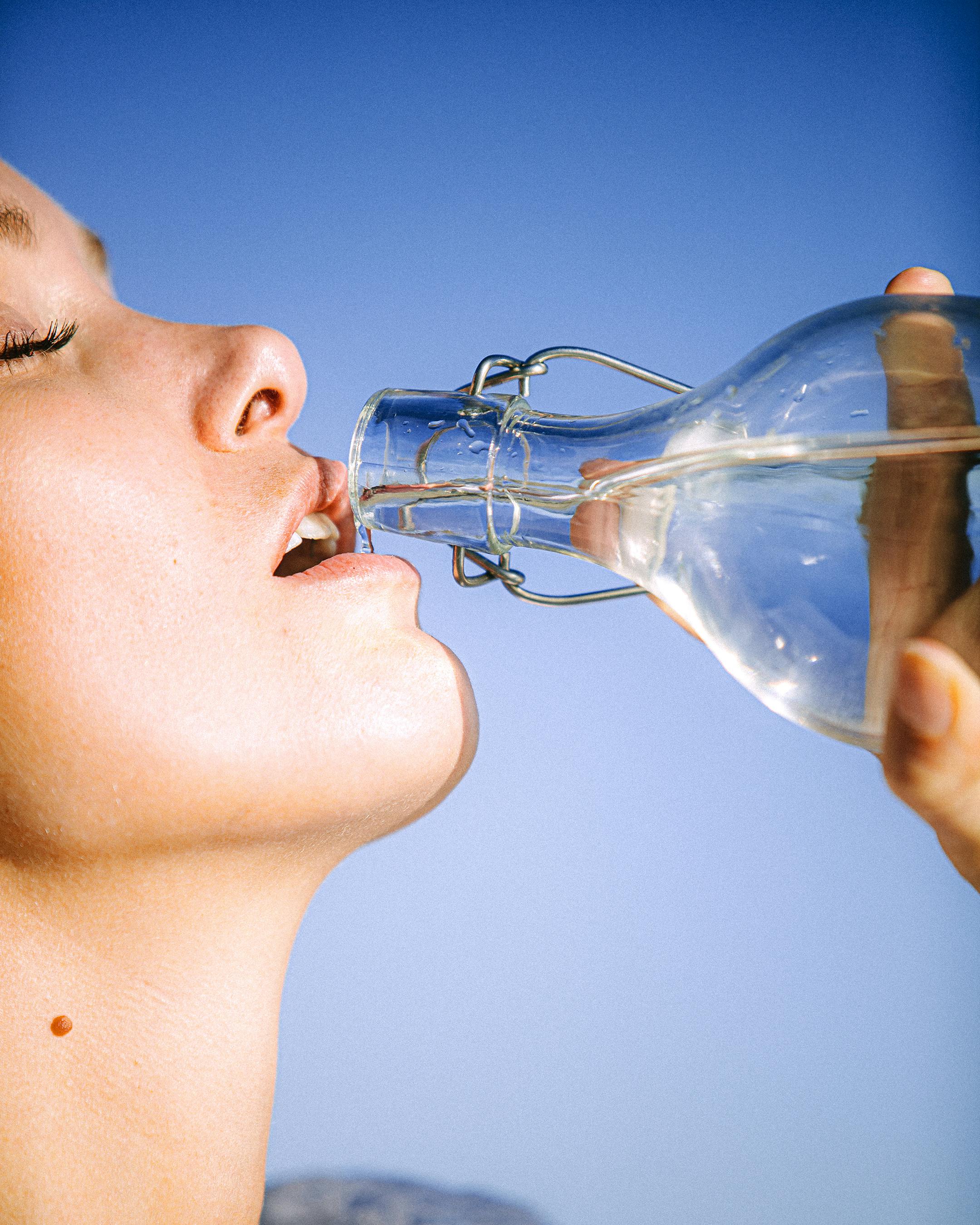
- Nick Water DR
- Published
- Updated October 31, 2025
- Water Filtration
A detailed guide to drinking water filtration products
When it comes to safe, clean drinking water, not all filtration systems are created equal. From simple carbon jugs to advanced reverse osmosis units, each option tackles different contaminants and comes with its own pros, cons, and costs. Choosing the right system for your home isn’t just about taste—it’s about health, convenience, and long-term value.
This guide breaks down the most common types of drinking water filtration products used in the UK: activated carbon filters, reverse osmosis systems, UV purifiers, ceramic filters, and ultrafiltration setups. You’ll learn how each works, what they remove, where they shine, and where they fall short. Whether your issue is chlorine taste, heavy metals, bacteria, limescale, or rural well water, we’ll help you understand which technology fits your needs.
By the end, you’ll know which filter type matches your budget, lifestyle, and water quality challenges. From affordable jugs to whole-house solutions, this post covers the details that matter most—so you can make an informed choice and enjoy safer, better-tasting water every day. Reverse osmosis often comes out on top for purity, but the best solution depends on your situation.
The devil is in the details

Activated Carbon Filters:
Activated carbon filters are the ones you’ll spot in most UK countertops. They’re basically like a sponge that soaks up impurities, making your water taste and smell better. These filters use a special kind of carbon with tonnes of tiny pores that grab onto things like chlorine and organic compounds through a process called adsorption.
If your main gripe is that chlorine taste in your tap water , carbon filters remove over 90% of chlorine and “some” pesticides.
Just a jug, really. You will need to swap out the filter every 4–6 weeks (after about 100–150 litres), and in hard water areas like Southeast England, watch out for clogging from limescale. If you don’t, the water quality quickly becomes worse than the mains.
A jug costs £15–£50. Replacement filters are about £5–£10 a month.
Activated carbon makes your water taste better by zapping chlorine and organic compounds, so your tea or coffee will thank you. It’s affordable, and it doesn’t need electricity. Plus, it leaves healthy minerals like calcium and magnesium in your water. It won’t tackle heavy metals like lead, which can be an issue in older UK homes with ageing pipes. If you don’t replace the filter regularly, it can become a breeding ground for bacteria—it also can’t handle microbes like bacteria or viruses, so it’s not ideal for private wells. In hard water areas, limescale can clog it up, slowing the flow. And if you’re worried about PFAS (those pesky “forever chemicals”), these filters struggle to remove them effectively.
Reverse Osmosis (RO): Deep clean + lab-grade purity
Reverse osmosis systems are the heavyweights, often tucked under your kitchen sink. They’re designed to purify water to an almost lab-grade level, removing nearly everything from metals to microbes.
Reverse Osmosis pushes water through a super-tight membrane with pores so small (0.0001 μm) that only water molecules slip through. It’s like a bouncer at an exclusive club, turning away almost all impurities.
This system is a beast, removing 99% of everything—lead, arsenic, bacteria, viruses, nitrates, plastics, pharmaceuticals, you name it. It’s perfect for urban homes with old pipes or rural areas with nitrate issues.
You’ll probably need a plumber to install an under sink Reverse Osmosis water filter system.
The water filters need refilling every 6–12 months, and the membrane every 1–2 years. Hard water can cause scaling, so keep an eye on maintenance.
Check out our maintenance guide for water filtration systems.
Expect to pay £350–£500 upfront for a basic kit with annual maintenance costs of £50–£100 for filters and membranes.

Reverse Osmosis is a superstar for purity, wiping out nearly all contaminants, from heavy metals to microbes, making it safe for sensitive uses like baby formula and the immunocompromised. It’s great for tackling UK-specific issues like lead from old pipes or chlorine byproducts. Over time, it’s cheaper than buying bottled water, and modern systems often include carbon filters for extra polish. You’ll get consistently pure water, no matter what’s in your supply. RO systems can waste; you must keep an eye on this ratio. Another consequence of its strength in filtration is that it also strips out beneficial minerals, leaving water that might taste flat or need remineralising for health. Maintenance is needed for replacement membranes and filters, and an electric socket will be needed.
UV Water Purifiers: The Germ-Busting Wizard
UV purifiers are all about zapping germs, making them a favourite for UK homes on private water supplies like wells or boreholes. They use ultraviolet light to make water microbiologically safe.
A UV lamp emits light at 254 nm, scrambling the DNA of bacteria and viruses so they can’t multiply. It’s usually paired with pre-filters to handle sediments or chemicals, as UV only deals with microbes, 99.99% of bacteria, viruses, and cysts.
The UV lamp needs replacing yearly, and the quartz sleeve around it requires occasional cleaning with a power source as well.
Upfront costs are £100–£500, with annual lamp replacements at £20–£50.
UV purifiers are fantastic at disinfecting without chemicals, killing nearly all microbes, which is a lifesaver for well water users. Your water’s taste and minerals stay untouched, so it feels natural. They’re energy-efficient, using just 10–60 watts, and they purify water instantly with no waiting. For rural UK homes, they’re a top pick for microbial safety. But they’re not a cure-all. UV can’t remove chemicals, metals, or sediments, so you’ll need extra filters. Cloudy water (common in wells) can block the light, making it less effective. It relies on electricity, so power outages are a problem. You’ll need to replace the lamp yearly to keep it working, and there’s no lingering protection, meaning water could get recontaminated in storage.

Ceramic Filters: The Eco-Friendly Classic
Popular for their natural, eco-friendly approach. They’re great for removing bacteria and sediments, especially in gravity-fed setups.
Water passes through porous clay with tiny holes (0.2–0.5 μm) that block particles and microbes. Some models add silver to boost antibacterial power, but they’re not great for chemicals or viruses. These filters excel at removing bacteria and cysts (>99.9%) and clearing murky water. They’re less effective against viruses or dissolved chemicals, making them ideal for rural wells but limited for chemical-heavy tap water.
Gravity systems are plug-and-play—no plumbing needed. You will need to scrub the ceramic regularly and replace it every 1–2 years.
Gravity systems cost £30–£150; under-sink setups are £100–£300. Replacement ceramics run £20–£50 and last a while.
Ceramic filters are great at keeping out bacteria and sediments, so your water is clear and safe from germs like E. coli. The ceramics are durable and cleanable, lasting years and cutting down on waste. They don’t need electricity, making them perfect for off-grid or eco-friendly homes. They keep healthy minerals in your water, and they’re excellent at clearing up cloudy well water. The downside? They can’t catch viruses, which slip through the pores. Gravity systems are slow, producing just 0.5–2 litres per hour, which can be a pain for busy households. Hard water and sediments clog them up, so you’ll be scrubbing often. They don’t touch chemicals like nitrates or PFAS, and if you skip cleaning, bacteria can grow on the ceramic surface.
Ultrafiltration (UF): Under pressure
It’s found in under-sink or whole-house systems and strikes a balance between purity and simplicity.
UF uses hollow-fibre membranes with super-small pores (0.01–0.1 μm) to block bacteria, most viruses, and particles, while letting minerals through. It’s like a souped-up ceramic filter. Great at removing bacteria, most viruses, and particulates (>99.99%), making it great for private supplies. It doesn’t handle dissolved chemicals or metals, so you might need a carbon filter alongside.
Under-sink or whole-house systems need plumbing. Membranes can be backwashed to extend their life (1–3 years), but you’ll need to clean
Ultrafiltration can be useful for whole-house projects due to the fact you don’t lose pressure when running; while not the gold standard for drinking, this can be an effective buffer for all the water before it enters the house.
Summary
A lot depends on your specific location, your existing infrastructure and your budget … Needless to say, given the relative cost and the overwhelming benefits available from the Reverse Osmosis systems this is the best way of delivering unlimited, purer-than-bottled water ultimately at a cheaper price.
Browse our catalogue for the full range of water filtration products.


About the Author
Nick Smith | Founder | The Water Dr. & Cellthyhomes
Nick has dedicated years to studying building biology, healthy living environments, and the impact of environmental toxins on inflammation.
Whilst regulations for UK drinking water are slow to adapt, & influenced by conflicts of interest, Nick conduct comprehensive research on global regulations & scientific literature to offer water filtration solutions that provide clean drinking water free from all harmful contaminants.
